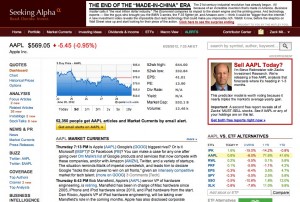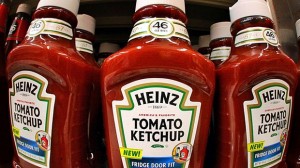“Read. Decide. Invest.”
If you’re like me, a young investor with a burning dislike for financial statements, then Seeking Alpha is something you should check out. The website, SeekingAlpha.com is a network of financial blogs. This is especially effective as you can see competing views of analysts, all on one page. In addition to analysts the website also brings together portfolio managers and traders. In doing so, Seeking Alpha is able to cover a range of users all looking for various topics. For me, the section that is especially useful is the Transcript analysis and Short/Long recommendations. The transcript analysis lets me avoid long quarterly financial statements, and investment recommendations give me a great place to start when looking for ideas. All in all, Seeking Alpha is a great place to start when looking for investment information and advice. The active community in addition to the already useful contributions from analysts creates a very wholesome experience. Seeking Alpha: “Read. Decide. Invest.”
Website:
Photo can be found at:
http://www.tradestreaming.com/wp-content/uploads/2012/06/Apple-Inc.-AAPL-Stock-Seeking-Alpha.jpg











